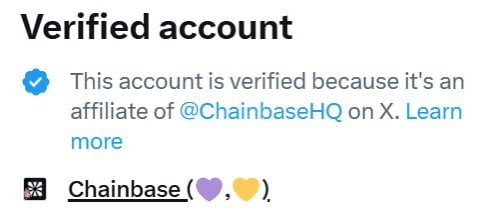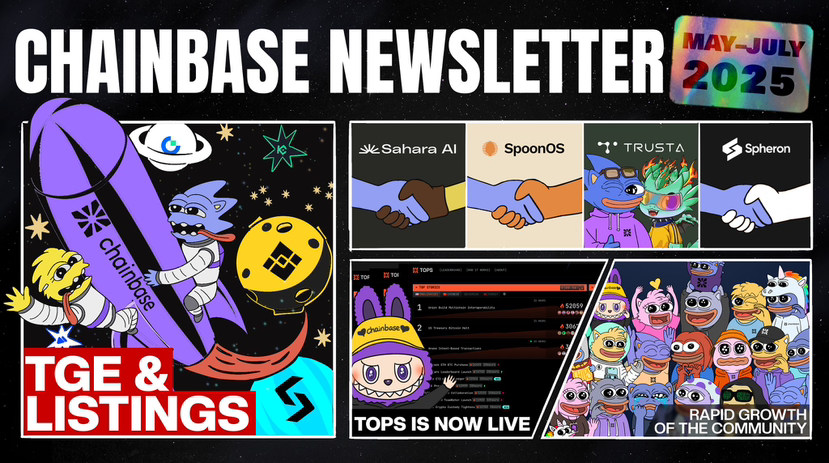Hope C rises quickly 🙏
Now the on-chain data is like a scattered plate of snacks, with various types, various formats, everywhere. But if you want to eat it? You have to clean it, cut it into pieces, and arrange it. Chainbase's idea is—I'll process these scattered platters into a unified combination dish, delicious to eat in one bite, without you having to spend effort chopping vegetables.
Explain clearly in one sentence what Chainbase does
Chainbase is a platform for 'data infrastructure + AI-readable layer', officially called Hyperdata Network, aiming to merge and organize various on-chain data into structured, usable, and composable content, allowing developers, AI models, and apps to easily access.
It also introduced the concept of 'data milestones': the queryable data volume approaches 50 billion calls daily, supporting indexing over 200 chains, serving over 10,000 projects.
How to handle technology? A four-layer structure easily disassembles the process
1. Data Accessibility: On-chain and off-chain data are all gathered, ensuring truth with methods like ZKP, no need to worry about misinformation.
2. Co-processor: Developers write 'Manuscript (recipe)', telling the platform 'how to process this data', similar to providing a set of cutting skills and seasoning methods. Others can efficiently produce a plate of structured dishes using your recipe, and the author receives a share of the rewards.
3. Execution: CVM, similar to a big kitchen stove, EigenLayer node computing power is reliable, speeding up processing.
4. Consensus: Use CometBFT + DPoS for auditing and state accounting, preventing data degradation.
Dual-chain architecture + dual staking (C token & ETH) ensures the network is both fast and secure.
What is the use of C tokens?
Eating dishes (querying data) requires paying C, just like a meal fee;
Writing recipes (Manuscript) also has rewards;
Nodes run the kitchen, and order verification also relies on C participation;
Governance voting also requires C.
The total token supply is 1 billion, with 40% allocated for ecology/community, 13% for airdrops, 12% for node operators, and the rest for the team/investors, making it quite reliable.
Practical scenarios explained easily with metaphors
Wallet developers: Want users to see multi-chain balances in the interface? Use Chainbase API, a line of code retrieves it, integrated multi-chain querying.
Security monitoring team: on-chain anomalies, liquidation monitoring, MEV alerts, write good recipes to trigger notifications anytime.
AI model training platform: Want to train oracle algorithms? You can directly pull the entire chain's transaction history and state snapshots, saving the effort of data preprocessing.
Analysts/DAO: Write SQL queries for multi-chain data, make reports without relying on others' reports, but instead pull original ecological data for higher credibility.
Why is it so popular now? The ecology is visible
Cooperating with over 200 chains, project usage reaches over 10,000, with 50 billion calls daily, making it a highly utilized 'big kitchen'.
Binance HODL on-chain supports C, once Binance, MEXC, KuCoin go live. (turn0search9)
The backing capital is led by Tencent with a $15 million Series A, with a luxurious lineup of investors.
Practical advice for ordinary developers
1. First, try querying on-chain balances/NFTs on the API platform, experience the speed difference.
2. Want to create a DeFi analytics dashboard? Try writing a Manuscript and see the entry process for data transformation.
3. Don't just focus on token price fluctuations, pay attention to project usage volume and use case growth to see if it's 'actually being used'.
Summarize in one sentence
Chainbase is a 'kitchen + recipe + reporting system' for the Web3 world: turning chaotic on-chain data into structured materials for cooking, and can connect AI/Web3 applications with just a bit of code.
@Chainbase Official #Chainbase $C
